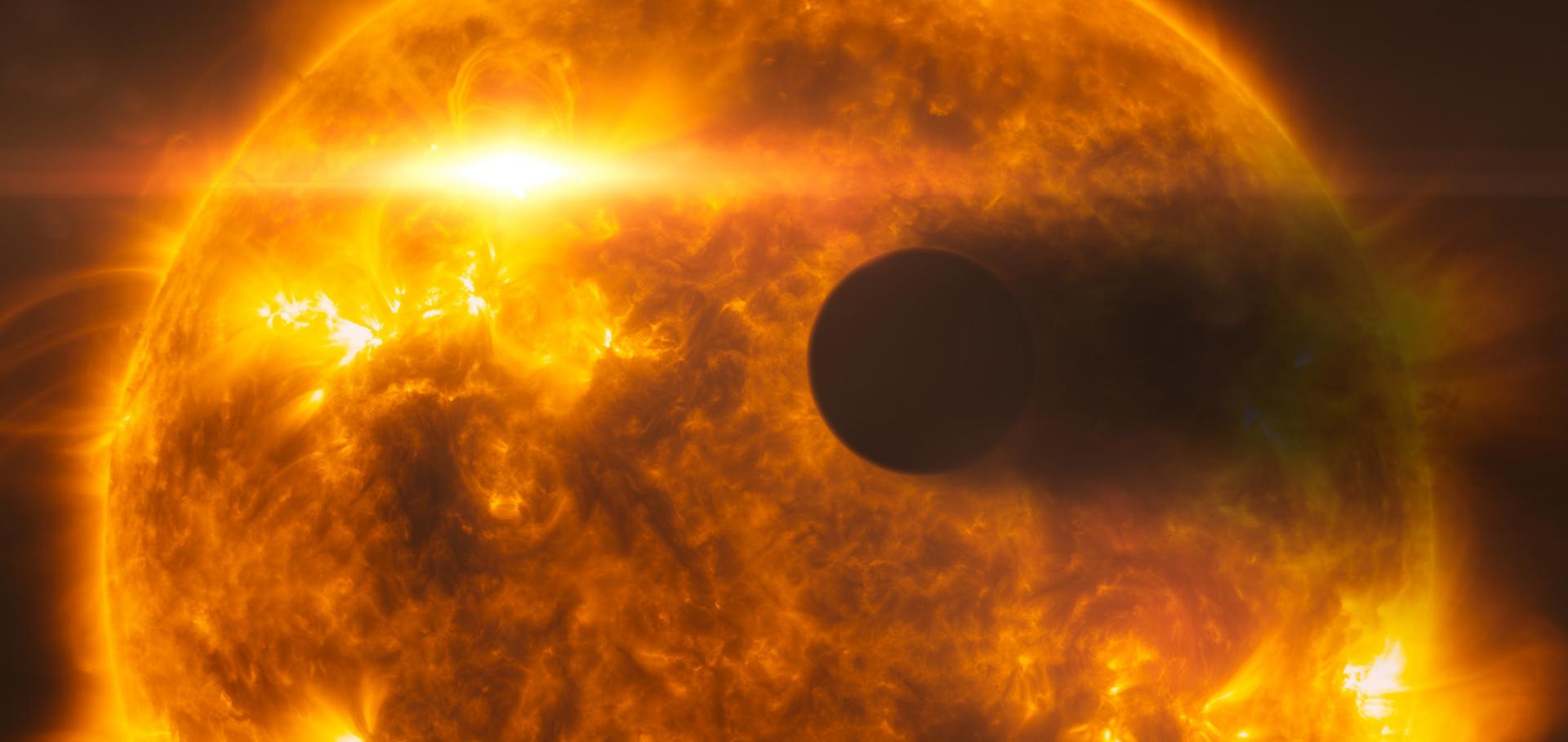Ghost in the time series: no planet for Alpha Cen B
Monthly Notices of the Royal Astronomical Society: Letters Oxford University Press (OUP) 456:1 (2015) l6-l10
A continuum from clear to cloudy hot-Jupiter exoplanets without primordial water depletion
Nature Nature Research 529 (2015) 59-62
Abstract:
Thousands of transiting exoplanets have been discovered, but spectral analysis of their atmospheres has so far been dominated by a small number of exoplanets and data spanning relatively narrow wavelength ranges (such as 1.1–1.7 micrometres). Recent studies show that some hot-Jupiter exoplanets have much weaker water absorption features in their near-infrared spectra than predicted1,2,3,4,5. The low amplitude of water signatures could be explained by very low water abundances6,7,8, which may be a sign that water was depleted in the protoplanetary disk at the planet’s formation location9, but it is unclear whether this level of depletion can actually occur. Alternatively, these weak signals could be the result of obscuration by clouds or hazes1,2,3,4, as found in some optical spectra3,4,10,11. Here we report results from a comparative study of ten hot Jupiters covering the wavelength range 0.3–5 micrometres, which allows us to resolve both the optical scattering and infrared molecular absorption spectroscopically. Our results reveal a diverse group of hot Jupiters that exhibit a continuum from clear to cloudy atmospheres. We find that the difference between the planetary radius measured at optical and infrared wavelengths is an effective metric for distinguishing different atmosphere types. The difference correlates with the spectral strength of water, so that strong water absorption lines are seen in clear-atmosphere planets and the weakest features are associated with clouds and hazes. This result strongly suggests that primordial water depletion during formation is unlikely and that clouds and hazes are the cause of weaker spectral signatures.A continuum from clear to cloudy hot-Jupiter exoplanets without primordial water depletion
(2015)
Exoplanet atmospheres with EChO: spectral retrievals using EChOSim
Experimental Astronomy Springer Nature 40:2-3 (2015) 545-561
Transiting exoplanets from the CoRoT space mission⋆⋆⋆
Astronomy & Astrophysics EDP Sciences 584 (2015) a13


